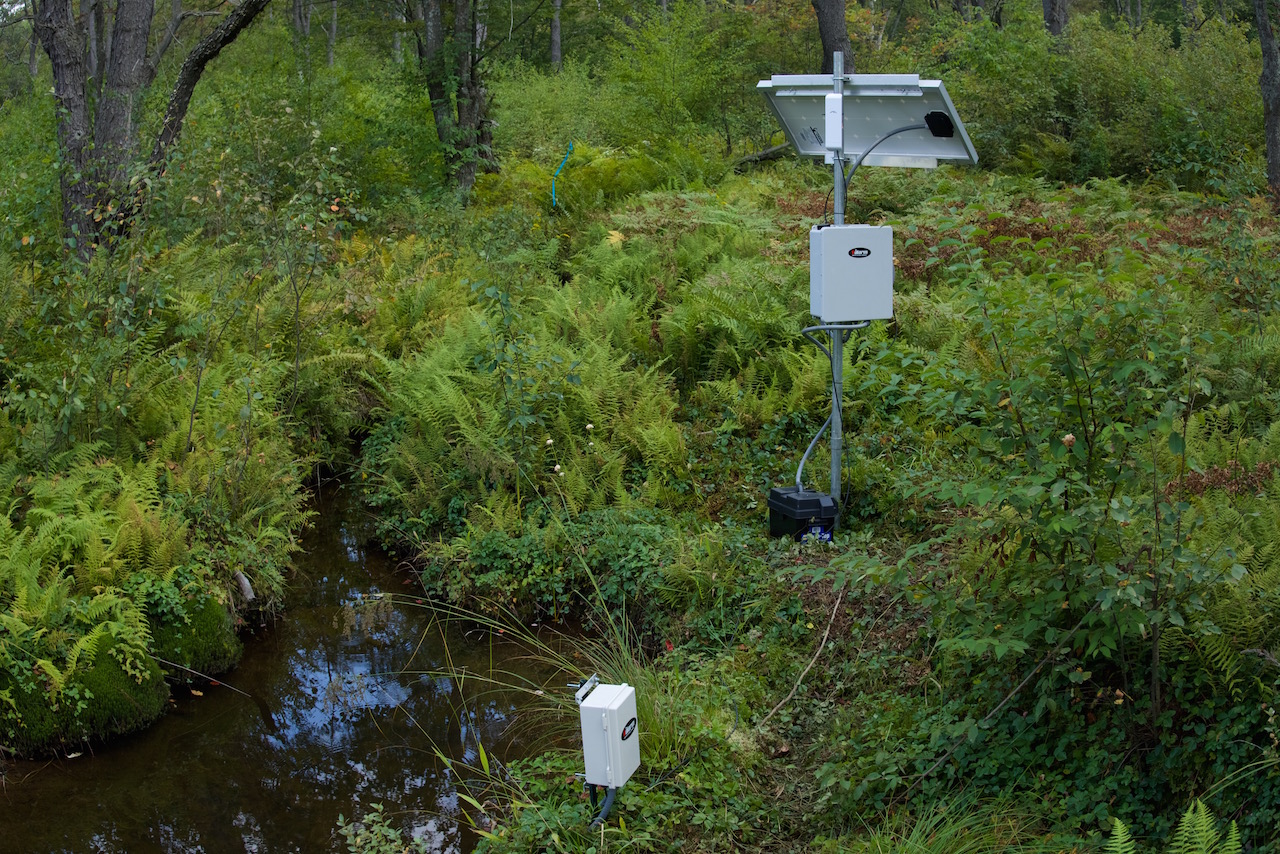Most of the excess ammonia nitrogen in water bodies is related to human activities, such as industrial production, agricultural activities, and wastewater treatment. If the high concentration of ammonia nitrogen in these wastewater is not treated or there are problems in the treatment process, it will cause the excess ammonia nitrogen in natural water bodies after direct discharge. Another situation is that when a large amount of organic matter enters natural water bodies, it can also cause ammonia nitrogen to exceed the standard. However, whether due to human or natural factors, excessive ammonia nitrogen can have a serious impact on the environment. Therefore, when discovering excessive ammonia nitrogen, it is necessary to quickly handle it and reduce the risks caused by excessive ammonia nitrogen.

Common treatment methods for ammonia nitrogen exceeding the standard
1. Aeration method: Aeration method realizes the removal of ammonia nitrogen by enhancing the oxygen content in the water body. Ammonia nitrogen can be oxidized to nitrate and nitrite nitrogen under high oxidation conditions. Generally, excess wastewater is sent to a large aeration tank, and then a large amount of air is sent to the water to increase the oxygen content, which stimulates the metabolism of microorganisms in the wastewater and accelerates the oxidation reaction of ammonia nitrogen in the wastewater. Due to the advantages of low cost, simple operation, and convenient management, this method is often used in sewage treatment plants.2. Biological treatment method: Biological treatment method is mainly a method of using microorganisms to treat organic matters and ammonia nitrogen in wastewater. Ammonia nitrogen is converted into nitrate nitrogen and nitrite nitrogen through a series of microbial reactions. Let the wastewater enter a bioreactor that contains various types of microorganisms, and then use ammonia nitrogen as the growth and reproduction material for the microorganisms. In this process, the microorganisms will metabolize ammonia nitrogen to convert it into nitrate and nitrite nitrogen. However, this method takes a relatively long processing time, with the advantage that the removal rate of ammonia nitrogen can reach over 90%.
3. Chemical treatment method: Chemical treatment method is a method of converting ammonia nitrogen into harmless nitrogen by adding chemicals to wastewater. The commonly used chemicals include iron chloride, iron sulfate, sodium hypochlorite, and so on. These chemicals can accelerate the oxidation reaction of ammonia nitrogen and convert it into harmless substances such as nitrogen. This method is a fast and effective ammonia nitrogen removal method, but it is necessary to pay attention to the type and dosage of chemical agents to avoid secondary pollution to the environment.
4. Plant treatment method: Plant treatment method is a method that utilizes the absorption capacity of plants to convert ammonia nitrogen into organic matter or absorb it into plants. Common nitrogen absorbing plants include calamus, reed, cattail, etc. These plants absorb ammonia nitrogen from wastewater through their roots and use it as a nutrient for growth and reproduction. The plant treatment method is suitable for the treatment of small pollutants with low cost, while also beautifying the environment and improving environmental quality.
5. Physical treatment: Physical treatment is a method of removing ammonia nitrogen from wastewater through filtration, sedimentation, etc. For example, activated carbon can be used to adsorb ammonia nitrogen, or ammonia nitrogen can be removed from wastewater through deep filtration. Although the treatment effect of this method is good, the cost is also high.
6. Comprehensive treatment: Comprehensive treatment is the combination of multiple ammonia nitrogen treatment methods to improve treatment efficiency and reduce costs. For example, a combination of biological treatment and chemical treatment can be used, or a combination of plant treatment and physical treatment can be used. This method needs to be selected and applied according to specific circumstances.
To sum up, various measures can be taken to solve the problem of ammonia nitrogen exceeding the standard. However, it is important to note that different methods are suitable for different situations. When operating, everyone should choose the appropriate processing method based on their actual situation.



